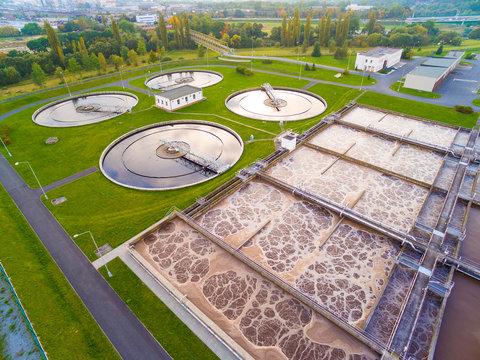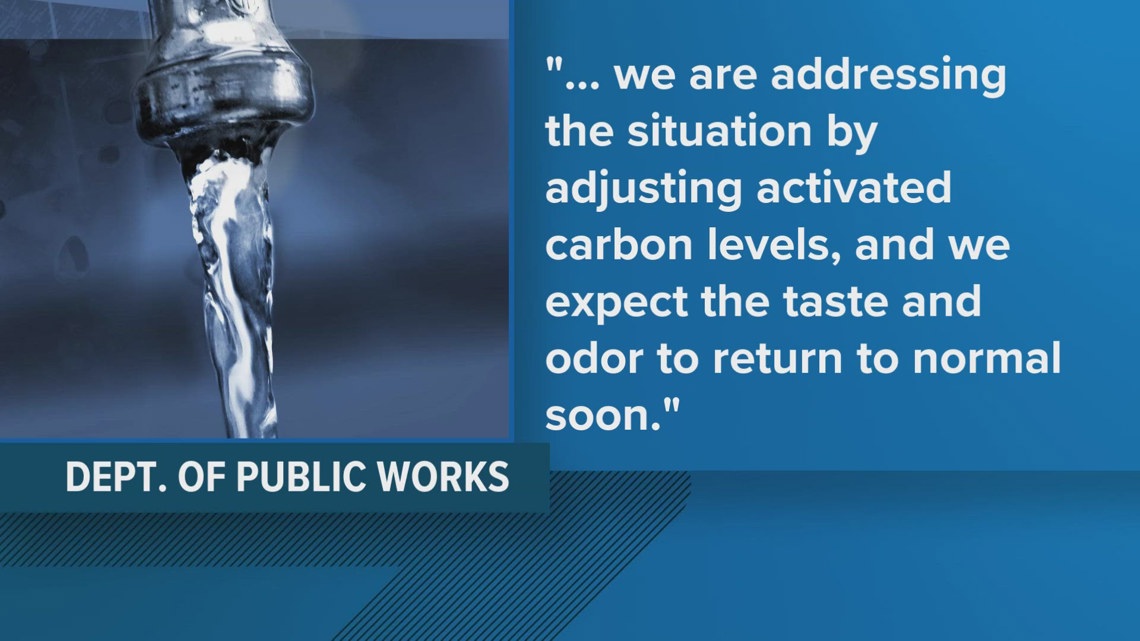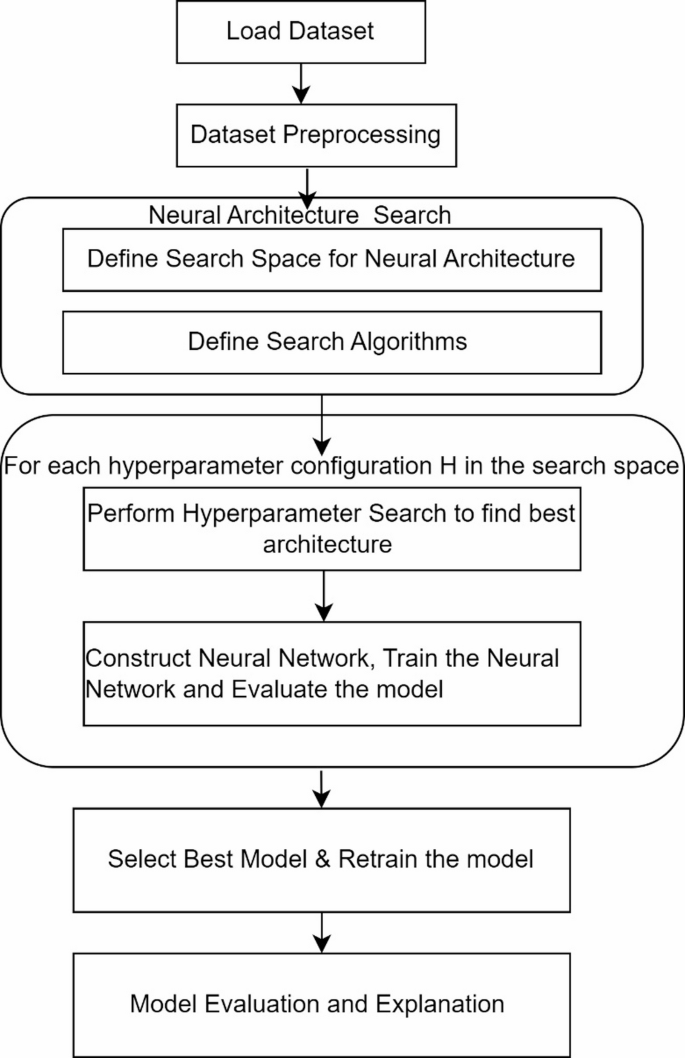Greywater Recycling Market: A Report on Growth, Innovation, and Alignment with Sustainable Development Goals
The global Greywater Recycling System Market is undergoing significant expansion, driven by increasing water scarcity and a global commitment to sustainable resource management. This growth directly supports the achievement of several United Nations Sustainable Development Goals (SDGs), particularly those related to water, sanitation, and sustainable urban development.
Market Analysis and Projections
Global Market Trajectory
The market was valued at US$ 1.48 billion in 2024 and is projected to reach US$ 4.16 billion by 2032. This represents a compound annual growth rate (CAGR) of 13.8% for the forecast period of 2025-2032. This robust growth reflects an increasing adoption of water reuse strategies, which is fundamental to achieving SDG 6 (Clean Water and Sanitation).
Regional and Segment-Specific Growth
- North America: The market in this region grew from US$ 0.39 billion in 2022 to US$ 0.44 billion in 2023, indicating strong regional momentum towards water conservation.
- Residential Segment: This segment demonstrated steady growth, increasing from US$ 0.36 billion in 2022 to US$ 0.39 billion in 2023, highlighting the growing role of households in contributing to sustainable water management practices under SDG 11 (Sustainable Cities and Communities).
Contribution to Sustainable Development Goals (SDGs)
SDG 6: Clean Water and Sanitation
Greywater recycling is a critical technology for advancing SDG 6. By treating and reusing water from showers, baths, and washing machines for non-potable applications like toilet flushing and irrigation, these systems directly contribute to:
- Target 6.4: Substantially increasing water-use efficiency across all sectors and ensuring sustainable withdrawals of freshwater to address water scarcity.
- Target 6.5: Implementing integrated water resources management at all levels.
SDG 11: Sustainable Cities and Communities
The implementation of greywater systems is integral to building resilient and sustainable urban environments. Mandatory recycling in new buildings, as seen in cities like Bengaluru, helps achieve:
- Target 11.1: Ensuring access for all to adequate, safe, and affordable housing and basic services.
- Target 11.6: Reducing the adverse per capita environmental impact of cities, including by paying special attention to waste management.
Broader SDG Impact
The market also supports SDG 12 (Responsible Consumption and Production) by promoting resource efficiency and SDG 14 (Life Below Water) by reducing the volume of wastewater discharged into aquatic ecosystems, as addressed by new International Maritime Organisation (IMO) guidance.
Key Market Drivers and Developments
Technological Innovations
Technological advancements are enhancing the efficiency and adoption of greywater recycling, accelerating progress towards the SDGs.
- Artificial Intelligence (July 2024): An NSF-funded project is integrating AI to create smart systems that optimize filtration and reuse through real-time water quality monitoring.
- IoT-Enabled Systems: Startups like Hydraloop are attracting investment for compact, IoT-connected systems that facilitate efficient water reuse, aligning with green building certifications.
- Integrated Solutions: Systems like SDS Intellistorm® combine rainwater and greywater recycling to minimize the impact on municipal water supplies in large-scale developments.
Regulatory and Policy Initiatives
Governmental and international bodies are creating frameworks that mandate or encourage greywater recycling.
- Bangalore, India (April 2024): The ‘Green Star Challenge’ platform was launched to promote sustainable water management, including mandatory greywater recycling, aiming to reduce freshwater consumption by 40-50%.
- Victoria, Australia: Large-scale trials of advanced systems are underway to establish regulatory standards and demonstrate water-saving potential.
- International Maritime Organisation (June 2024): New guidance (BWM.2/Circ.82) promotes onboard water reuse in the maritime sector, supporting SDG 14.
Corporate Activity and Strategic Investments
The sector is characterized by moderate M&A activity, with established companies acquiring innovative technology firms to expand their product portfolios. This investment is crucial for scaling solutions needed to meet global sustainability targets. Key players in acquisitions include Evoqua Water Technologies, Pentair, and Watergen.
Market Segmentation Overview
- By Component Type: Pipes and Fittings, Storage Tanks, Filters, Pumps, Others
- By System Type: Passive Greywater Systems, Active Greywater Systems, Hybrid Systems
- By Technology: Filtration Technologies, Biological Treatment Technologies, Chemical Treatment Technologies, Others
- By Application: Residential, Commercial, Industrial
- By End-User: Households, Property Management Companies, Construction and Real Estate Developers, Agricultural Businesses, Others
Leading Industry Participants
Key companies contributing to the market’s growth and innovation include:
- Kingspan Group PLC
- Watts Water Technologies Inc.
- Graf Group
- WISY AG
- Innovative Water Solutions LLC
- Stormsaver Ltd
- Ecozi Ltd
- Molloy Precast Products Ltd.
- Aquaco Water Recycling Limited
- D&D Ecotech Services
Analysis of Sustainable Development Goals in the Article
1. Which SDGs are addressed or connected to the issues highlighted in the article?
-
SDG 6: Clean Water and Sanitation
The entire article focuses on greywater recycling, which is a direct strategy to manage water resources efficiently, improve water quality, and ensure the availability of clean water by reducing the strain on freshwater sources.
-
SDG 9: Industry, Innovation, and Infrastructure
The article highlights technological advancements and innovation in the water recycling sector, such as the integration of Artificial Intelligence (AI) and IoT-enabled systems. It also discusses the development of infrastructure (recycling systems) to make water use more sustainable in residential, commercial, and industrial settings.
-
SDG 11: Sustainable Cities and Communities
The text mentions specific urban initiatives, such as in Bengaluru, where greywater recycling is being made mandatory for new buildings to reduce freshwater consumption and relieve water supply stress. This directly relates to making cities more sustainable and resilient.
-
SDG 12: Responsible Consumption and Production
Greywater recycling promotes sustainable consumption patterns by enabling the efficient use of a natural resource (water). By reusing water for non-potable applications, it decouples economic and urban growth from the degradation of water resources.
2. What specific targets under those SDGs can be identified based on the article’s content?
-
SDG 6: Clean Water and Sanitation
-
Target 6.3: By 2030, improve water quality by… substantially increasing recycling and safe reuse globally.
The article’s core subject is the growth of the greywater recycling market, which directly contributes to this target. Initiatives like the International Maritime Organisation’s (IMO) new guidance on greywater storage and reuse in the maritime sector are concrete steps toward increasing global water reuse.
-
Target 6.4: By 2030, substantially increase water-use efficiency across all sectors and ensure sustainable withdrawals and supply of freshwater to address water scarcity.
The article explicitly states that cities like Bengaluru are implementing mandatory greywater recycling “aiming to reduce freshwater consumption by 40-50%.” This is a direct measure to increase water-use efficiency and address water supply stress.
-
Target 6.3: By 2030, improve water quality by… substantially increasing recycling and safe reuse globally.
-
SDG 9: Industry, Innovation, and Infrastructure
-
Target 9.4: By 2030, upgrade infrastructure and retrofit industries to make them sustainable, with increased resource-use efficiency and greater adoption of clean and environmentally sound technologies.
The article describes the adoption of “IoT-connected greywater system,” the integration of “artificial intelligence (AI) into greywater recycling systems,” and “advanced greywater recycling systems” by companies like Hydraloop. These represent the adoption of clean and efficient technologies to upgrade infrastructure for sustainability.
-
Target 9.4: By 2030, upgrade infrastructure and retrofit industries to make them sustainable, with increased resource-use efficiency and greater adoption of clean and environmentally sound technologies.
-
SDG 11: Sustainable Cities and Communities
-
Target 11.6: By 2030, reduce the adverse per capita environmental impact of cities, including by paying special attention to… municipal and other waste management.
The initiative by the Bangalore Water Supply and Sewerage Board (BWSSB) to make greywater recycling mandatory for new buildings is a direct policy action to reduce the city’s environmental impact by managing water resources more effectively and reducing the strain on freshwater supplies.
-
Target 11.6: By 2030, reduce the adverse per capita environmental impact of cities, including by paying special attention to… municipal and other waste management.
-
SDG 12: Responsible Consumption and Production
-
Target 12.2: By 2030, achieve the sustainable management and efficient use of natural resources.
The entire greywater recycling industry is geared towards the efficient use of water. The article’s forecast of market growth (from US$ 1.48 billion in 2024 to US$ 4.16 billion by 2032) indicates a significant trend towards the sustainable management of water resources across residential, commercial, and industrial sectors.
-
Target 12.2: By 2030, achieve the sustainable management and efficient use of natural resources.
3. Are there any indicators mentioned or implied in the article that can be used to measure progress towards the identified targets?
-
For Target 6.3 (Increase recycling and safe reuse):
- Market Growth Rate: The projected Compound Annual Growth Rate (CAGR) of 13.8% for the Greywater Recycling System Market from 2025-2032 is a strong indicator of the increasing adoption of water recycling technologies.
- Market Size: The market’s expected growth from US$ 1.48 billion in 2024 to US$ 4.16 billion by 2032 serves as a quantitative measure of the expansion of water reuse infrastructure.
-
For Target 6.4 (Increase water-use efficiency):
- Percentage of Freshwater Reduction: The article explicitly mentions the goal in Bengaluru of “aiming to reduce freshwater consumption by 40-50%.” This is a direct performance indicator for measuring increased water-use efficiency.
-
For Target 9.4 (Adoption of clean technologies):
- Investment in and Adoption of New Technologies: The mention of startups like Hydraloop attracting investment for “IoT-enabled, compact, low-maintenance greywater treatment systems” and the NSF-funded project to integrate AI are indicators of progress in adopting advanced, environmentally sound technologies.
-
For Target 11.6 (Reduce environmental impact of cities):
- Implementation of Policies and Regulations: The article cites that “Cities such as Bengaluru, India, are making greywater recycling mandatory for new buildings.” This regulatory action is a clear indicator of municipal efforts to reduce environmental impact.
- Public-Private Initiatives: The ‘Green Star Challenge’ launched by the BWSSB to recognize and reward establishments that adopt water reuse practices is an indicator of programs designed to encourage sustainable urban water management.
4. Summary Table of SDGs, Targets, and Indicators
| SDGs | Targets | Indicators |
|---|---|---|
| SDG 6: Clean Water and Sanitation | 6.3: Substantially increase recycling and safe reuse globally. |
|
| SDG 6: Clean Water and Sanitation | 6.4: Substantially increase water-use efficiency across all sectors. |
|
| SDG 9: Industry, Innovation, and Infrastructure | 9.4: Upgrade infrastructure and adopt clean and environmentally sound technologies. |
|
| SDG 11: Sustainable Cities and Communities | 11.6: Reduce the adverse per capita environmental impact of cities. |
|
| SDG 12: Responsible Consumption and Production | 12.2: Achieve the sustainable management and efficient use of natural resources. |
|
Source: openpr.com






